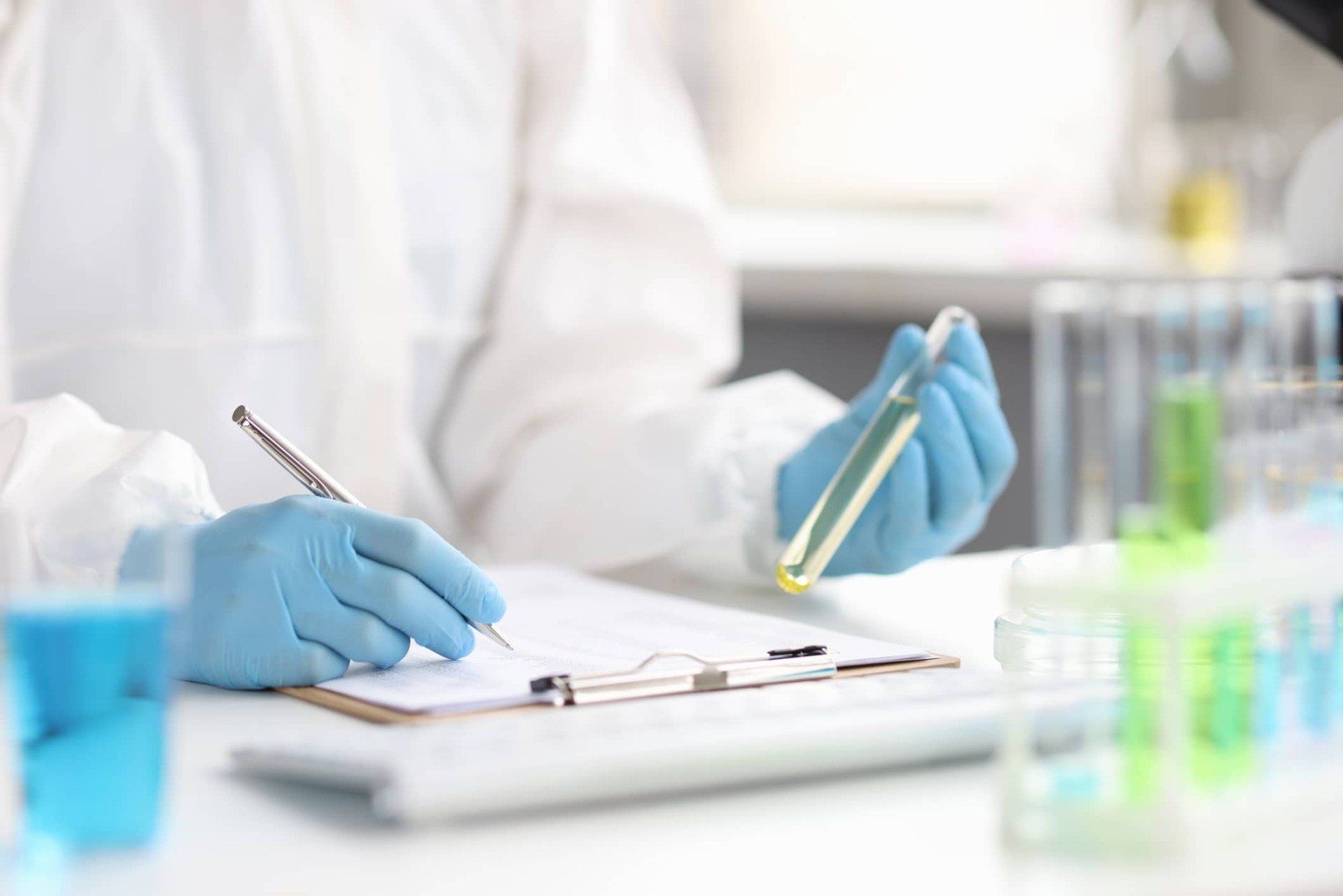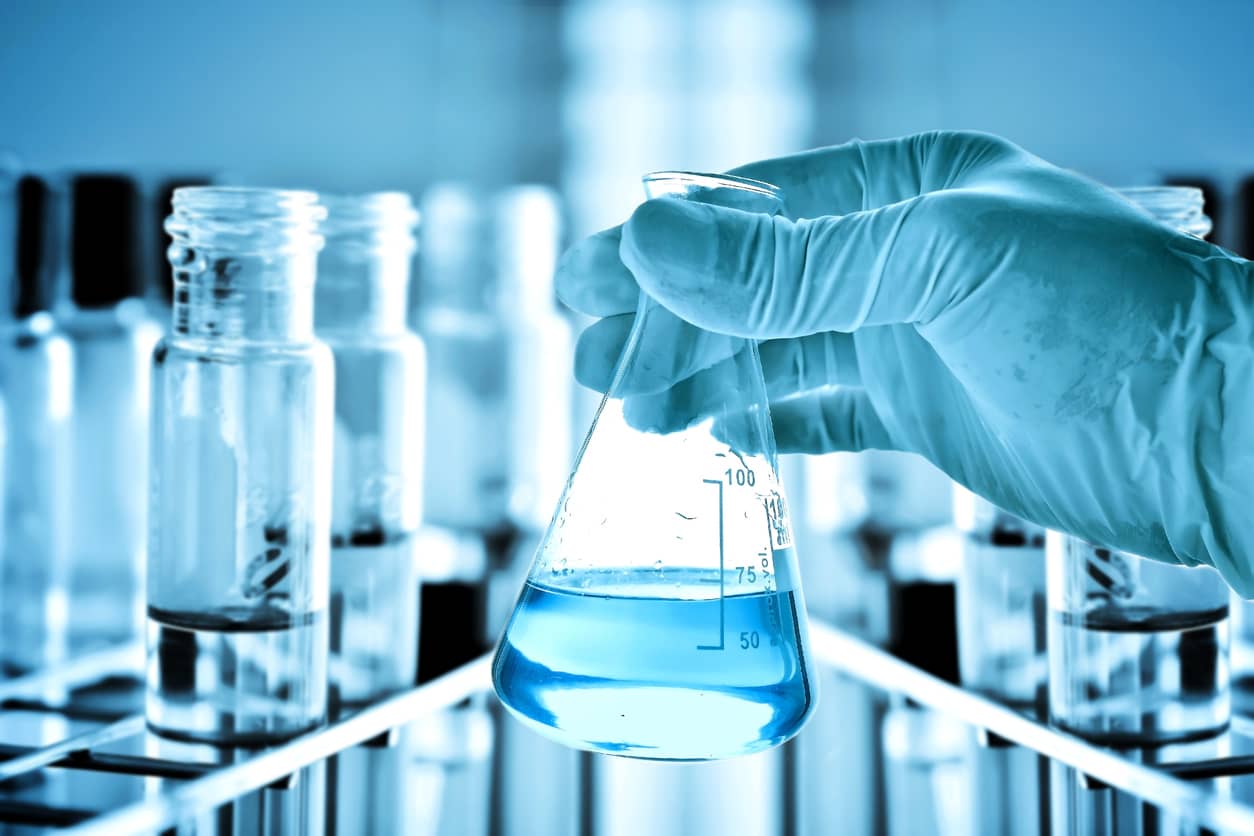Understanding the Difference Between TOCs and VOCs
Understanding the Difference Between TOCs and VOCs
When it comes to environmental and industrial analysis, two terms often surface in discussions about pollution, compliance, and safety: Total Organic Carbon (TOC) and Volatile Organic Compounds (VOC). While they may sound similar, TOC and VOC represent distinct concepts with unique implications for environmental health, industrial processes, and regulatory compliance.
Understanding the difference between these two terms can help businesses and organizations make informed decisions about monitoring and controlling pollutants.
What Are TOCs and VOCs?
What is Total Organic Carbon (TOC)?
Total Organic Carbon (TOC) is a measure of the amount of organic carbon found in a sample, which could be water, soil, or air. Organic carbon refers to carbon atoms that are part of organic compounds, such as those derived from decayed plant and animal matter, hydrocarbons from industry, or other natural and synthetic sources.
TOC is an essential parameter in water quality testing, providing insights into the presence of organic pollutants in drinking water, wastewater, and natural water bodies.
What are Volatile Organic Compounds (VOCs)?
Volatile Organic Compounds (VOCs) are a group of carbon-based chemicals that easily evaporate into the air at room temperature. VOCs are emitted by a variety of sources, both human-made and natural, including paint, cleaning products, vehicle emissions, and industrial processes. Some common examples of VOCs include benzene, formaldehyde, and toluene.
| Aspect | TOCs | VOCs |
|---|---|---|
| Definition | Measures total organic carbon in a sample, including all organic compounds. | Refers specifically to volatile organic compounds that easily evaporate into the air. |
| Medium | Commonly analyzed in water and soil. | Typically monitored in the air. |
| Measurement Techniques | Combustion and chemical oxidation. | Photoionization detectors, GC-MS. |
| Applications | Water purity, environmental compliance, and industrial processes. | Air quality, worker safety, environmental monitoring. |
| Relevance | Indicates overall organic contamination. | Focuses on specific volatile pollutants. |
TOCs and VOCs in Real-World Applications
Environmental Monitoring
Both TOC and VOC analyses are integral to maintaining a healthy environment. High TOC levels in water bodies can lead to oxygen depletion, while elevated VOC levels in the air can contribute to smog and health risks.
Industrial Applications
While TOC monitoring is crucial for industries dependent on water quality, VOC monitoring ensures air quality compliance in manufacturing, chemical, and automotive sectors. By using appropriate measurement techniques, businesses can safeguard their processes and the environment.
Regulatory Compliance
Governments worldwide enforce strict regulations on TOC and VOC levels, requiring businesses to invest in advanced monitoring systems. Compliance not only avoids legal penalties but also demonstrates a company's commitment to environmental stewardship.
Contact Us Today to Schedule a Consultation!
Understanding the difference between TOC and VOC is essential for anyone involved in environmental science, industrial operations, or regulatory compliance. While both parameters deal with organic compounds, they serve entirely different purposes and are measured using distinct methods. If you’re looking for professional guidance on total organic carbon analysis or advanced testing for volatile organic compounds, turn to the industry professionals at Engineering Performance Solutions to ensure your processes meet the highest standards. With over 20 years of experience, EPS is a trusted independent third-party laboratory specializing in VOC and TOC testing. Our certified team partners with municipalities, engineering and consulting firms, and carbon vendors across the nation to meet their project-specific goals with precision and confidence.
Contact us today to schedule a consultation! Together, we can build a cleaner, safer environment for generations to come.




